Picture this: the skies are buzzing with drones delivering your pizza, your Amazon packages, and probably your neighbor’s shady “herbal supplements.” It’s like a futuristic ant colony up there, but without the chill vibes.

Enter the FAA, swooping in like a superhero with a clipboard, approving the first-ever uncrewed aircraft traffic management system to keep these flying Roombas from smashing into each other. E&T Magazine dropped the deets on July 1, 2025, and I’m here to serve it up with a big ol’ helping of humor
Drones, Drones Everywhere, and Not a Clear Sky in Sight
So, Virginia Tech’s Mid-Atlantic Aviation Partnership (MAAP), backed by NASA and the FAA, decided the skies were getting too spicy. With drones and air taxis set to turn our atmosphere into a low-budget Star Wars sequel, they built a system to stop drone-on-drone pileups.
Think of it like air traffic control, but for tiny flying robots that don’t know how to yield.
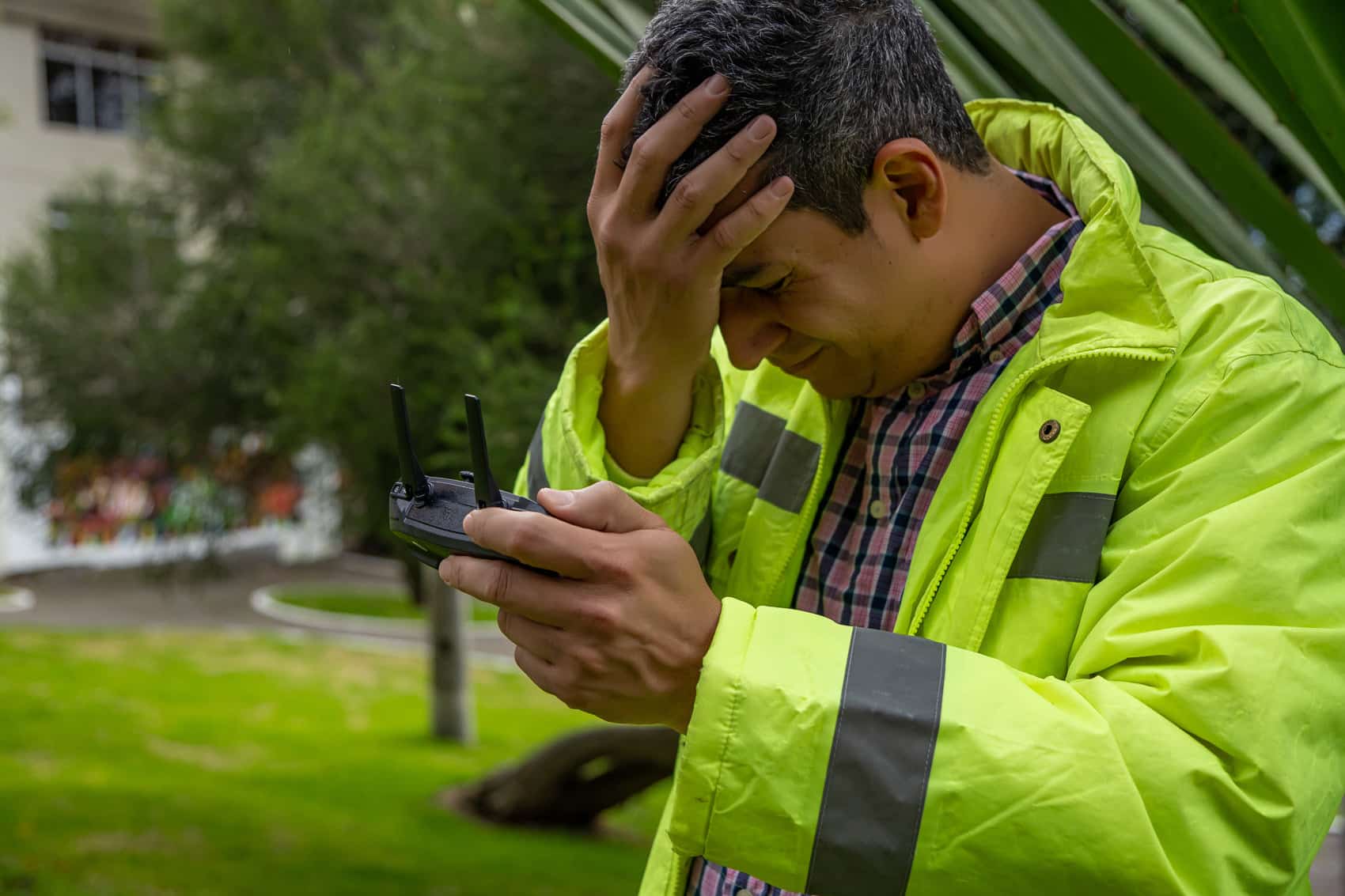
This system’s all about data-sharing—kinda like if your group chat was responsible for keeping planes from crashing. Operators share flight plans, and the system’s like, “Yo, Karen’s pizza drone, swerve left so Bob’s drone doesn’t yeet your pepperoni into next week.”
John Coggin, MAAP’s associate director, was like, “This is 10 years of blood, sweat, and probably some Red Bull.” And honestly, I respect the hustle. They’ve been testing this thing in North Texas, where drones from companies like Wing, Zipline, and DroneUp (sounds like a boy band) are zipping around, sharing airspace like it’s a co-op video game. The FAA’s Chris Rocheleau called it a “historic first,” which is code for “we’re finally catching up to the chaos.”
Why This Matters: Drones Are the New Seagulls
Here’s the tea: the FAA estimates there are over a million drones out there, and by 2025, they’re expecting 2.4 million of these bad boys buzzing around. That’s a lotta flying gadgets, and not all operators are out here acing their drone pilot exams. Some are just randos who saw a TikTok and thought, “I bet I can fly this into restricted airspace for the clout.” Spoiler: they can’t. Near-miss collisions with planes are spiking—drones accounted for 51% of reported close calls at major U.S. airports last year. One even punched a hole in a Wildfire-fighting plane’s wing. Talk about a drone with main character energy
This new system is a game-changer because it lets drones fly beyond visual line of sight (BVLOS), which means operators don’t have to stare at their drone like it’s a toddler at a pool party. Instead, the system uses path-planning algorithms—like Google Maps, but for avoiding midair drone brawls. It considers weather, buildings, and other drones’ flight paths to keep things smooth. Peter Sachs from Zipline was like, “We’re all frenemies sharing data to keep the skies safe.” Aww, capitalism and cooperation holding hands? I need a tissue.
The Funny Side: Drones with Traffic Tickets?
Okay, but imagine this system getting sassy. Like, your drone’s about to crash into another one, and it gets a notification: “Bro, you’re too close to Dave’s delivery drone. Take a chill pill and reroute.” Or what if they start issuing drone traffic tickets? “$50 fine for cutting off a medical supply drone, you sky hooligan!”
The FAA’s also pushing for “geofencing” to stop drones from joyriding near airports, but DJI, a big drone maker, ditched that feature because it was too much paperwork. Now they just send pilots a polite “pls don’t” alert. Bold move, DJI.
And don’t get me started on the potential for drone road rage. Picture two drones stuck in a sky traffic jam, honking their little propellers at each other while a third drone cuts them off to deliver a single Starbucks latte. Meanwhile, the FAA’s up there like, “We told y’all to share the airspace nicely!” Robert Briggs, MAAP’s chief engineer, says this system’s not a one-and-done deal—it’s gonna keep evolving, like Pokémon but with less Charmander and more bureaucracy.
The Big Picture: Skies Full of Flying Taxis and Pizza
This isn’t just about keeping drones from playing bumper cars. It’s about making room for advanced air mobility (AAM)—fancy talk for flying taxis and cargo drones. The FAA’s got big plans, like a rule for routine BVLOS ops and even an EVTOL (electric vertical takeoff and landing) pilot program. By 2026, they want a playbook for managing this madness, so we can all hail a drone Uber without it crashing into a flock of rogue quadcopters.
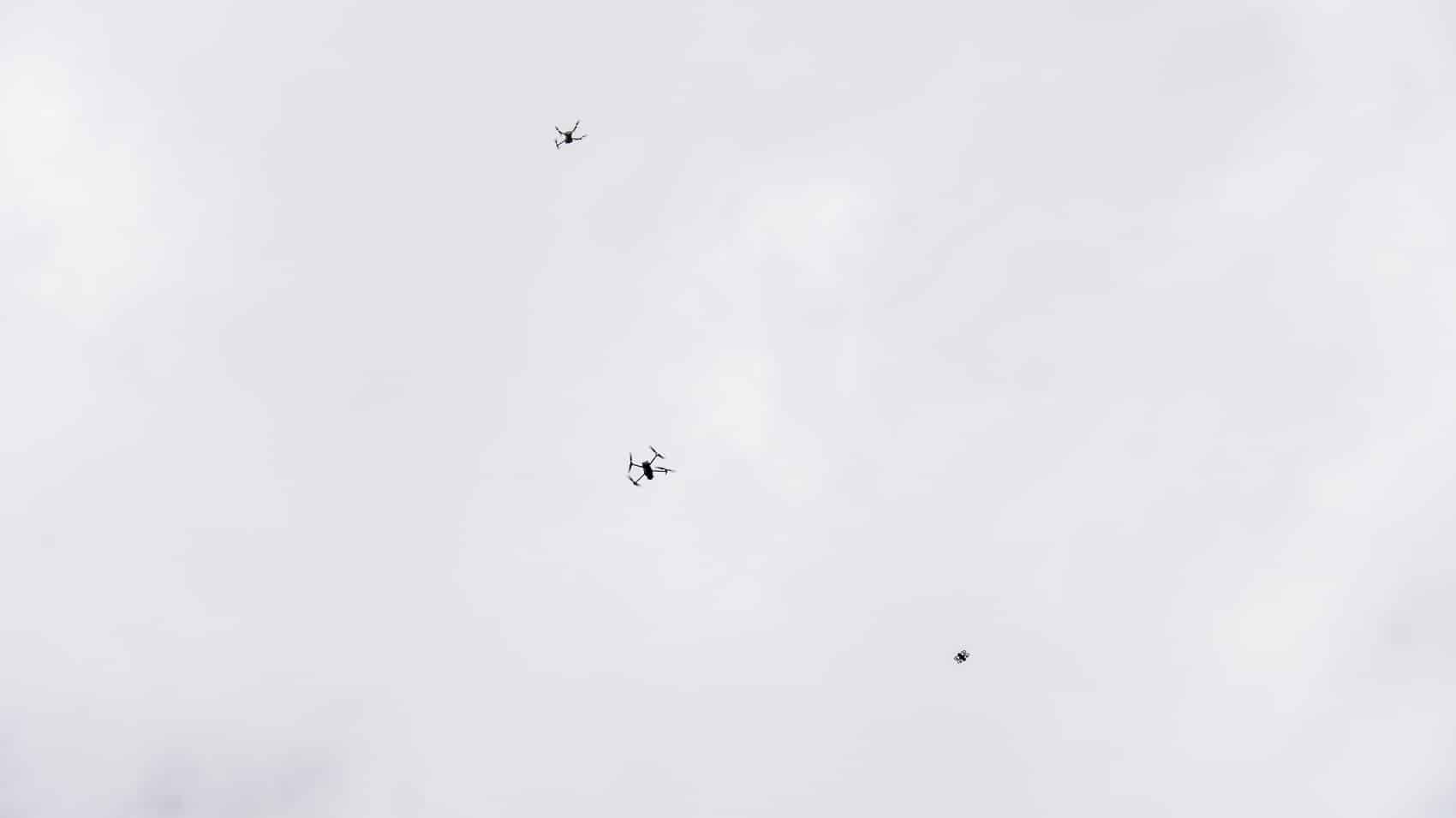
But let’s be real: the real winners here are the pizzas. With this system, your hot-and-ready could arrive faster than the time it took you to update that game you just bought for your PS5. Just don’t be surprised if your drone delivery guy gets stuck in sky traffic behind a herd of Amazon packages. Welcome to the future, where the skies are busier than a Black Friday sale and just as chaotic.
Final Vibe Check
This drone traffic system is like giving the Wild West of the skies a sheriff with a fancy app. It’s a step toward a world where drones deliver your groceries, spy on your neighbor’s pool party, and maybe even drop off your lost dignity after a bad karaoke night. But for now, let’s raise a glass (or a propeller) to the FAA, MAAP, and NASA for trying to keep the skies from turning into a drone demolition derby. Stay safe out there, and maybe don’t fly your drone near an Airport unless you want a starring role in the next FAA horror story.
Images courtesy of Mid-Atlantic Aviation Partnership
Discover more from DroneXL.co
Subscribe to get the latest posts sent to your email.


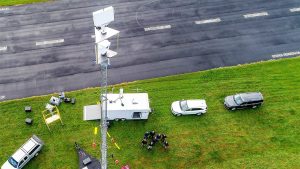

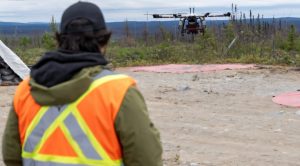

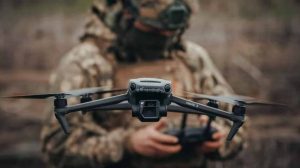

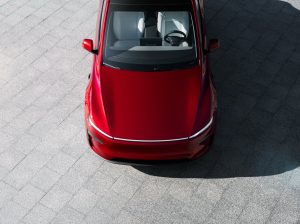
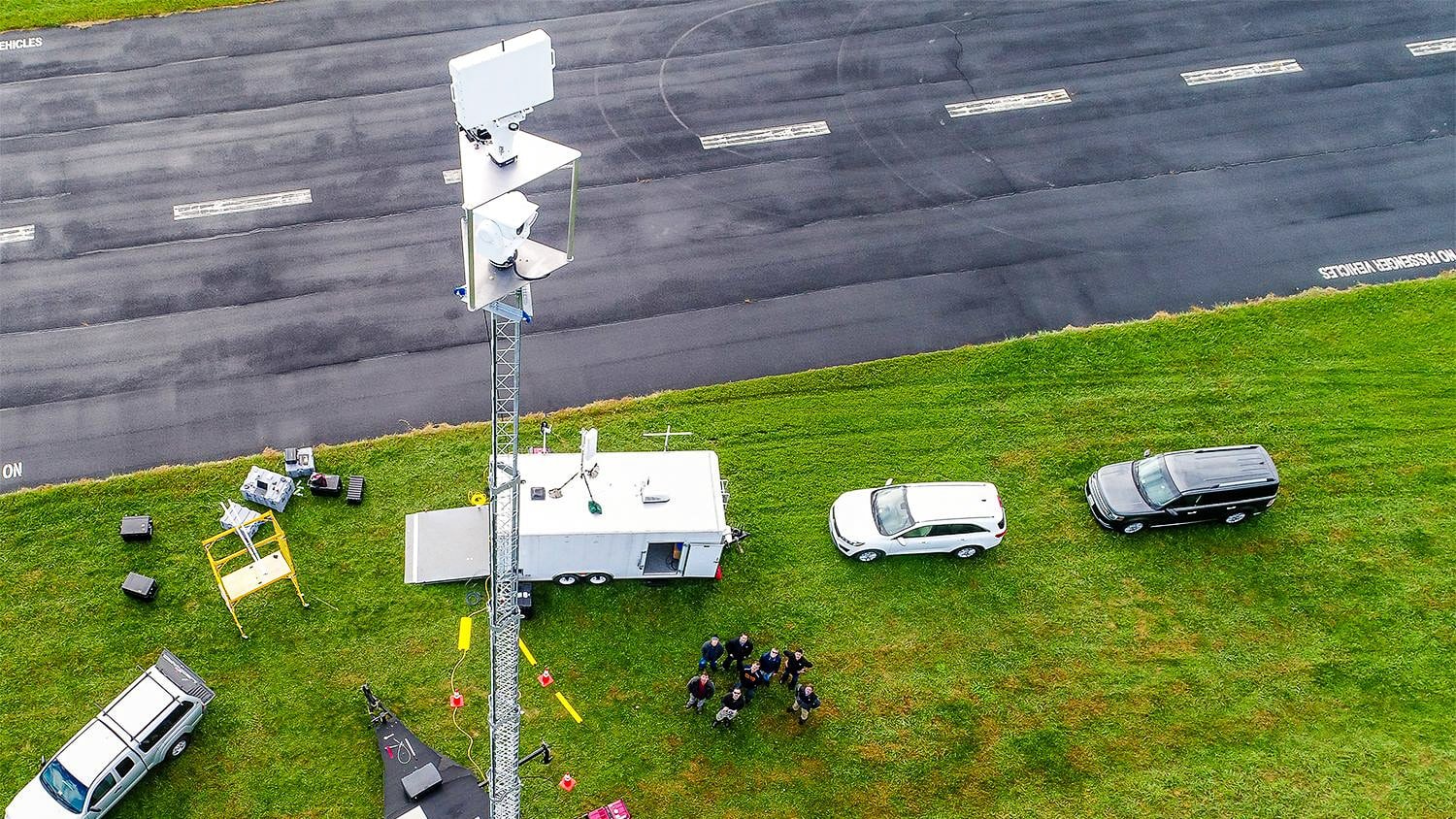
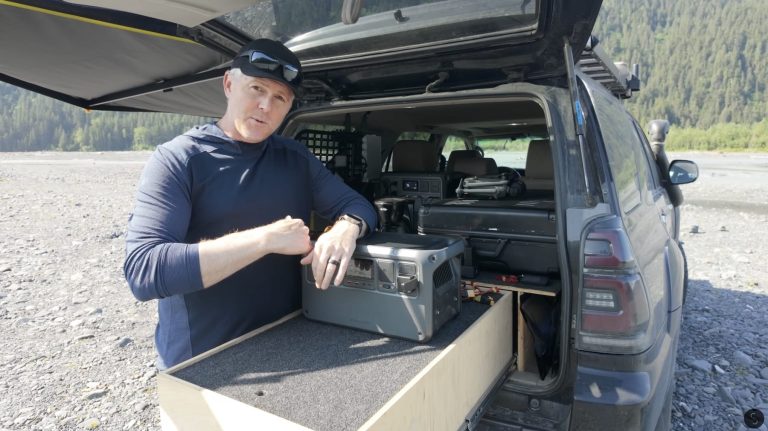
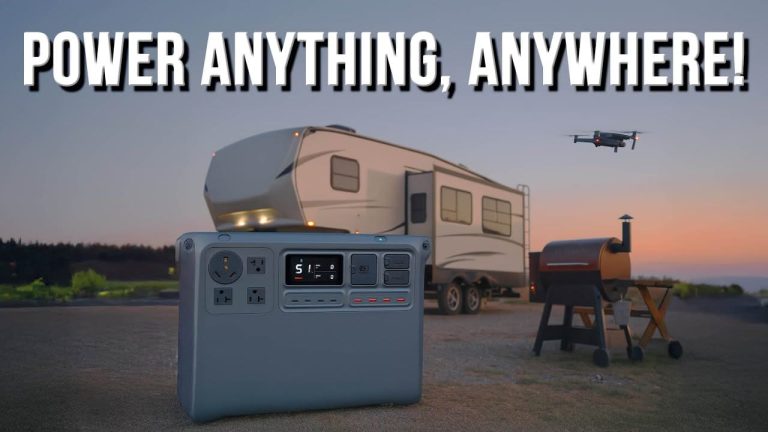

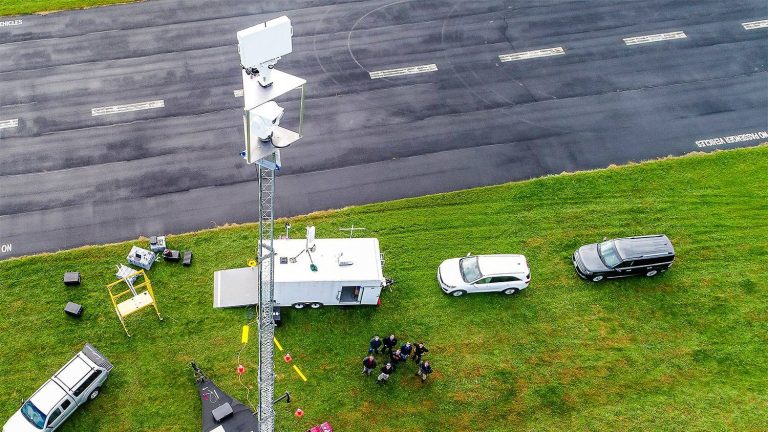
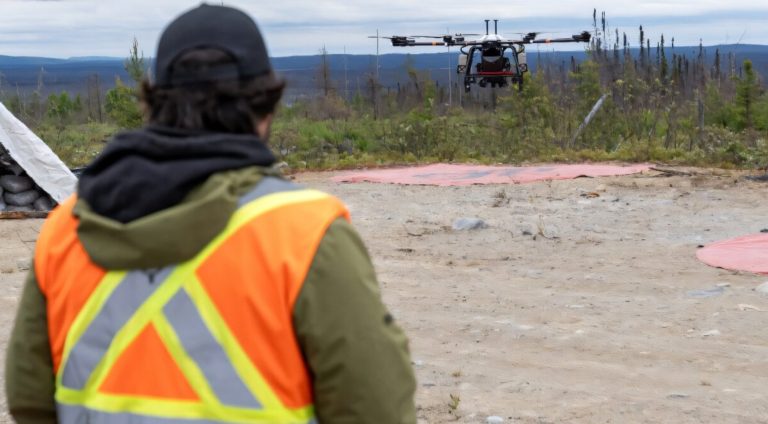

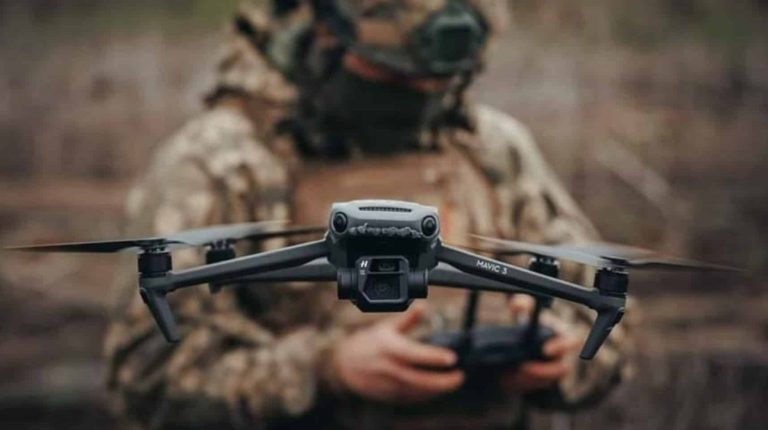

+ There are no comments
Add yours